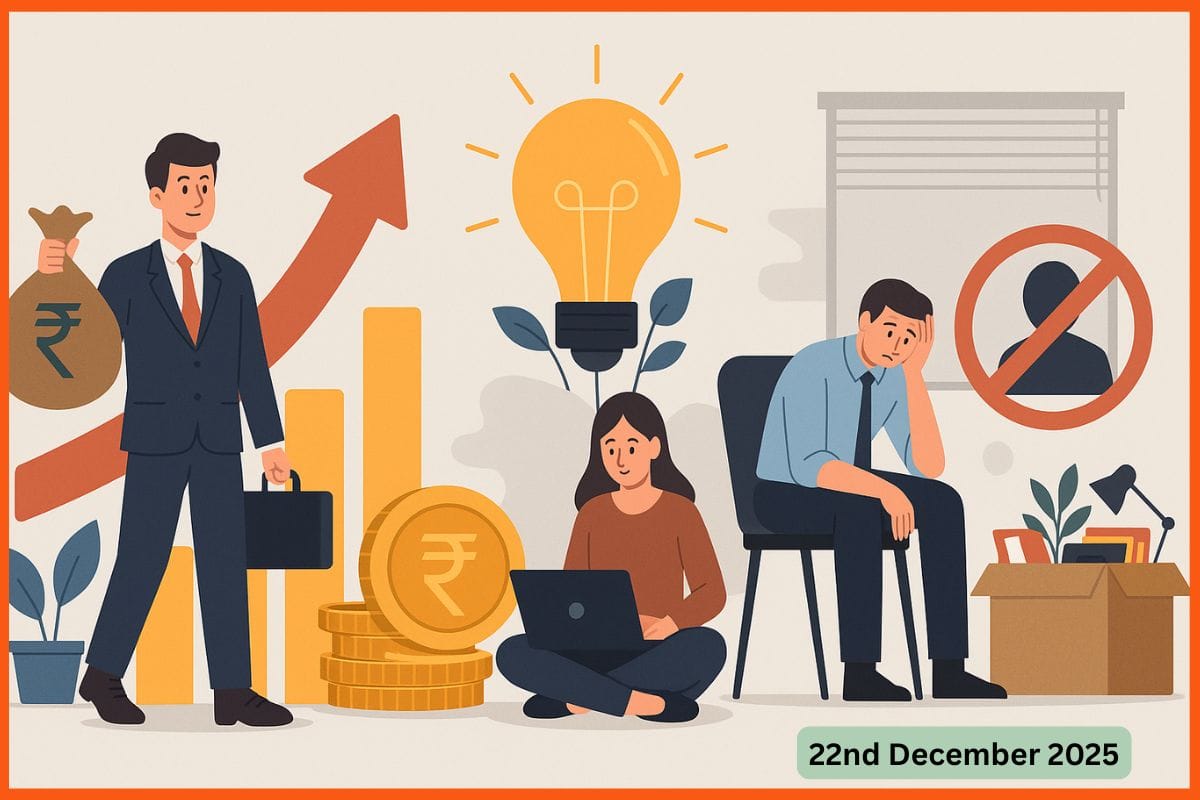Tools And Techniques Employed By E-Commerce Sector Post COVID-19
📖 LearningHow is the e-commerce sector dealing with the changes brought about by Covid-19?” let us try to answer this question in detail and discuss emerging trends in the e-commerce industry.

The COVID-19 crisis has gone through several stages. Not many people took it seriously at first, thinking it was just another virus that would go away within a month or two. Then there was the lockdown period, which, people thought, would be enough to eviscerate the virus. But with time, the crisis has only evolved, affecting pretty much every sector of the business industry. Among those sectors that have taken the brunt of the pandemic is the offline retail sector.
Fearing for their safety, people have become increasingly reliant on e-commerce platform for shopping. Even those people who were averse to shopping online are now beginning to realize the potential of e-commerce. Not only is this mode of shopping much safer, it also offers convenience and comfort that people crave.
Seeing the growing popularity of the e-commerce sector, many offline retail sectors too have started venturing into this new domain to boost their sales and retain their customers. Consequently, the sector is now witnessing an influx of both customers and sellers. Amid all this, an important question that comes to mind is “How is the e-commerce sector dealing with the changes brought about by COVID-19?” Let us try to answer this question in detail and discuss emerging trends in the e-commerce industry.
New technologies on the horizon

The shift from offline retail to e-commerce had begun long ago, but the COVID-19 crisis has acted as a catalyst and has accelerated the rate at which people are switching their shopping mode. This also means that technologies that would’ve come at a later date would disrupt the sector sooner. Take fashion segment, for instance. When people went shopping in offline stores, they had the privilege to try on clothes and fashion accessories before they bought it, to know that what they’re buying is the right thing.

Online retail, on the other hand, has certain limitations regarding this. To offer a more immersive experience, we might see online retail stores bring in technologies like Augmented Reality (AR) and Artificial Intelligence (AI). AR technology would allow the buyer to virtually try on clothes and other accessories and could play a major role in improving customer satisfaction. But whether or not these technologies would be scalable and affordable is anyone’s guess at this time. Though chances are that we would see this technologies disrupt the sector sooner or later.
Understanding the customer behavior

One thing that e-commerce websites need to practice is adaptability. Consumer behavior has changed quite drastically during the pandemic. People are now gravitating more towards essential goods instead of luxury items. Also, since people have suddenly become health conscious, the demand for health and wellness products has skyrocketed. Items like immunity boosters, health supplements, probiotics, hand sanitizers, and vegetable washes etc. has seen a spike and experts have estimated that the demand would continue to remain high for the coming 4 to 5 years at least.

This means that companies in the FMCG sector need to leverage this opportunity and start creating products that are needed instead of creating products that are no more in demand. Adaptability would be the determinant of success in the future and those brands that identify the opportunities on the horizon and act accordingly would fare much better than those who wait till they’re only left with a limited number of options.
Re-structuring of the supply chain

One of the major problems that the retailers faced during the lockdown was the broken supply chains. Many companies are dependent on manufacturers in other countries such as China and Italy. Due to the lockdown, however, the supply chains were broken and there was a sudden shortage of materials. The inventories ran empty and the production came to a screeching halt.
Now, as the customer behavior is beginning to change, we’re also witnessing a change in product purchasing categories. Since the categories that used to witness scant demand (e.g. hygiene and wellness) are now seeing high numbers, the supply chains are also being restructured dramatically. Even though some businesses have experienced grave difficulty due to the lack of supply of essential items needed for production, the business owners are working day and night to revise their sourcing strategies and restructure their supplier network.

We might also see quick adoption of the blockchain technology post-pandemic, as it greatly aids in supply chain management and makes the whole supply chain transparent and easy to track and monitor. This way, the businesses can easily notice if there are any blockages in their supply chain and act accordingly in time to prevent the complete chain from collapsing.
Within a short period, the COVID-19 pandemic has completely changed the e-commerce landscape and the best way to deal with this sudden change is to adapt it instead of fighting it. Even when the pandemic resolves, the normal that would ensue would be a new normal, unlike anything we’ve ever seen before. The sooner we all accept this reality, the better it will be for us.
This article is authored by Ms. Nidhi Yadav, Founder & Creative Director, AKS Clothings.
Must have tools for startups - Recommended by StartupTalky
- Convert Visitors into Leads- SeizeLead
- Website Builder SquareSpace
- Manage your business Smoothly Google Business Suite





